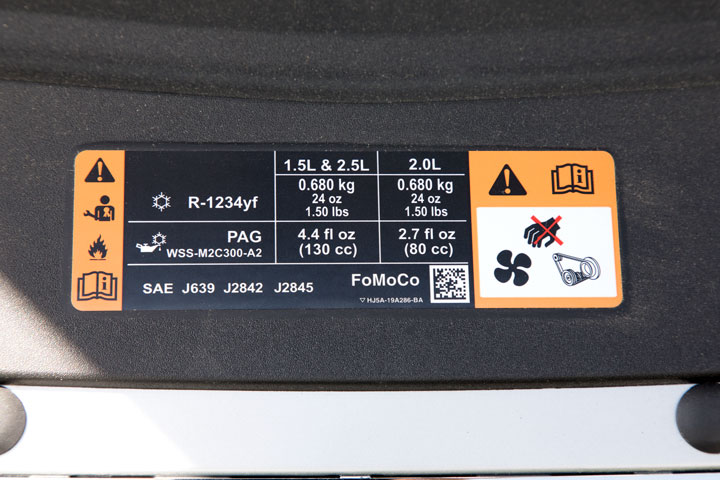
Refrigerant Sales Restriction
- Posted on 24 October 2017
Starting January 1, 2018, the Environmental Protection Agency (EPA) will be requiring that technicians be certified in order to purchase refrigerants.
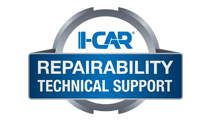

Starting January 1, 2018, the Environmental Protection Agency (EPA) will be requiring that technicians be certified in order to purchase refrigerants.
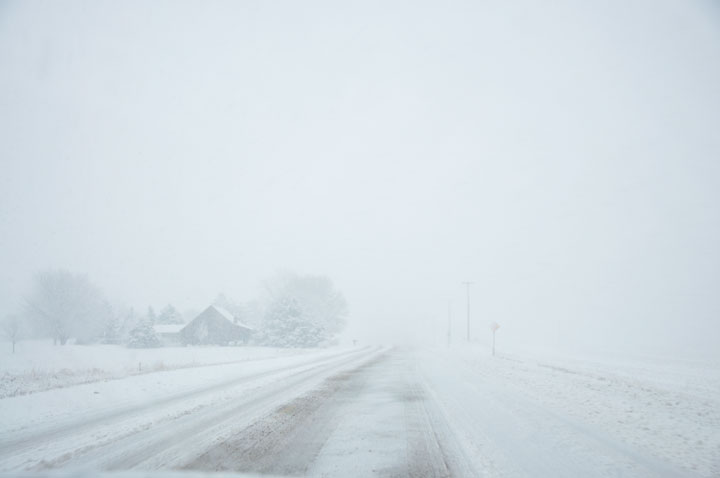
With winter months right around the corner, repair facilities need to be prepared for the inclement weather that is sure to come. Although ice and snow are great for the collision repair industry as far as bringing work in the door, it interferes with some aspects of the repair. Let’s take a look at how bad weather can impede the repair process.
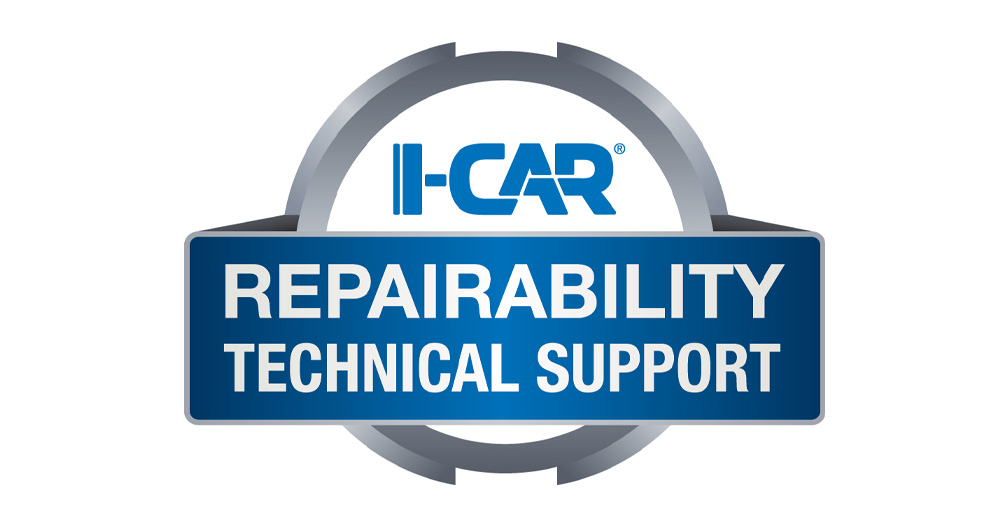
What is the MPa of the front lower rail? What is outer uniside made of; steel, aluminum, or composite? Can heat be used to straighten or is it cold straightening only? What are the repair limitations? These are just some of the questions that the RTS team fields on a daily basis.
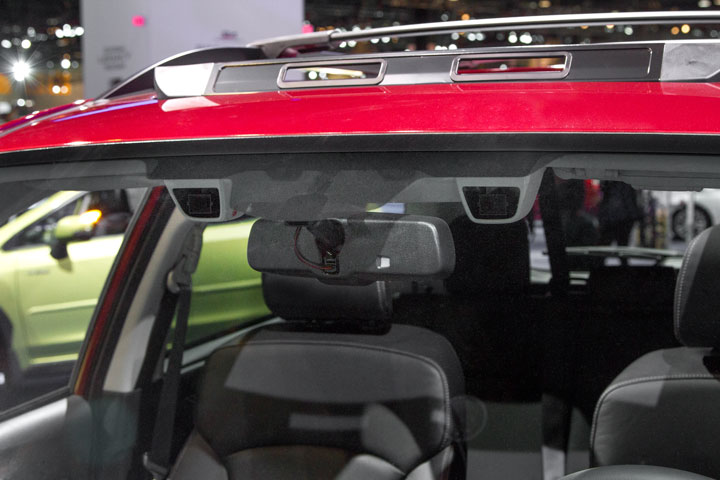
A key part of being able to diagnose a problem with advanced driver assistance systems (ADAS) is understanding how the system works. Knowing what is happening inside the system will help you properly diagnose why the system may be failing. This will prevent replacing parts that are not causing the system issue. Let’s take a look at the inner workings of lane departure warning/lane keep assist (LDW/LKA) systems.

With the growing demand for fuel efficiency, the use of mixed materials has and will continue to increase. A recent article by Repairer Driven News (RDN) titled, "Auto Body Shops Should Heed Mixed-Material, Welding Lessons from Automotive News Tesla Report," which talks about future material use and attachment. Let’s take a look at this article.

What is a one-time-use part, and how do you determine if a fastener, clip, or part can be reused? These are questions that we are confronted with in the collision industry quite a lot. The other big question is "Where do I find this information?"

On October 10th, Josh McFarlin, I-CAR Director of Curriculum and Product Development was a guest columnist for Repairer Driven News (RDN). He dove into the need to train for tomorrow’s repairs.

There’s no doubt that in the future autonomous, or self-driving cars, will be seen rolling down the road. Full autonomy brings with it the better crash statistics and the freedom to become mobile for those who currently can’t drive. Waymo, a cutting-edge company for self-driving vehicles, has released a safety report. Let’s take a look at Waymo’s Safety Report.
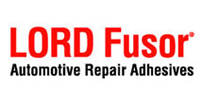
LORD Fusor products have been serving the automotive industry for years. Did you know that Fusor also provides a blog featuring informational repair adhesive articles on their website? Let’s take a look at what these articles entail and where to find them.
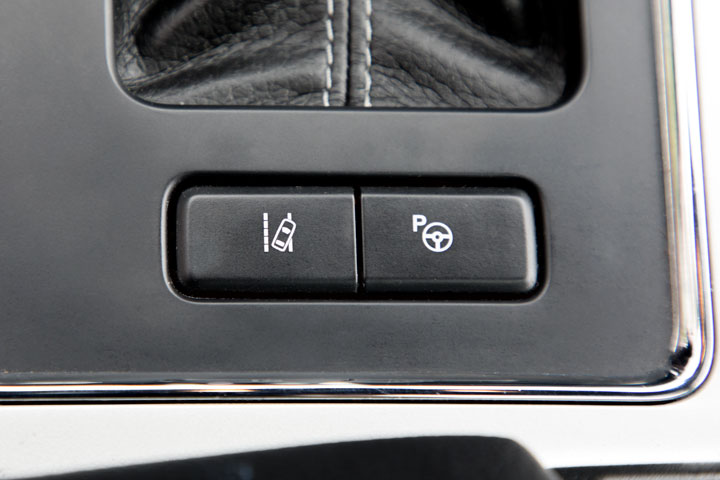
ABRN published a Damage Analysis for ADAS and Driver Convenience Systems article authored by Jason Bartanen, Industry Technical Relations Director at I-CAR. Let’s take a look at this article.

What is the MPa of the front lower rail? What is the outer uniside made of: steel, aluminum, or composite? Can heat be used to straighten or is it cold straightening only? What are the repair limitations? These are just some of the questions that the RTS team fields on a daily basis.
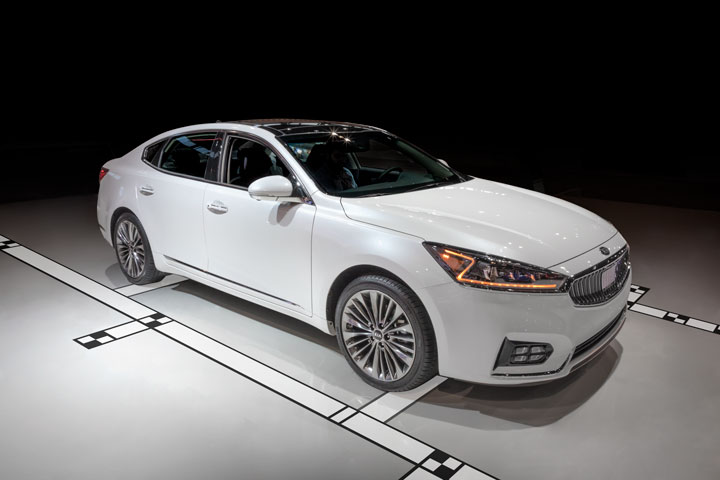
Some OEMs are beginning to make advanced driver assistance systems (ADAS) standard. With an increased number of vehicles on the road equipped with ADAS, it’s guaranteed you will need to repair an ADAS. Knowing how to identify and repair a vehicle with ADAS is important to creating complete, safe, and quality repairs. Let’s take a look at some I-CAR courses that address ADAS systems.
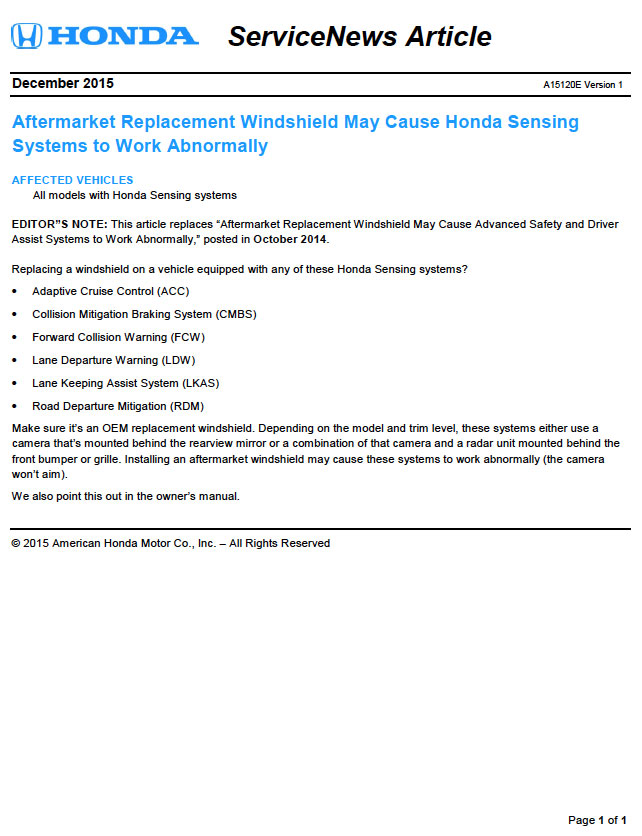
Did you know that Honda/Acura has a Service News Article that calls attention to the importance of using an OEM replacement windshield?
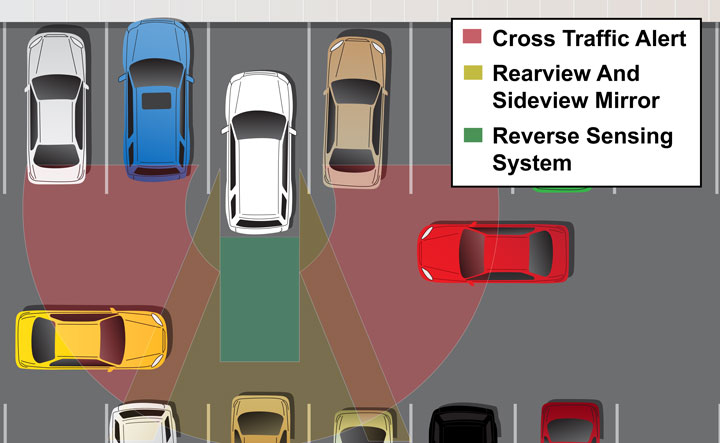
A key part of being able to diagnose a problem with advanced driver assistance systems (ADAS) is understanding how the system works. Knowing what is happening inside the system will help you properly diagnose why the system may be failing. This will prevent replacing parts that are not causing the system issue. Let’s take a look at the inner workings of a front/rear cross traffic system.
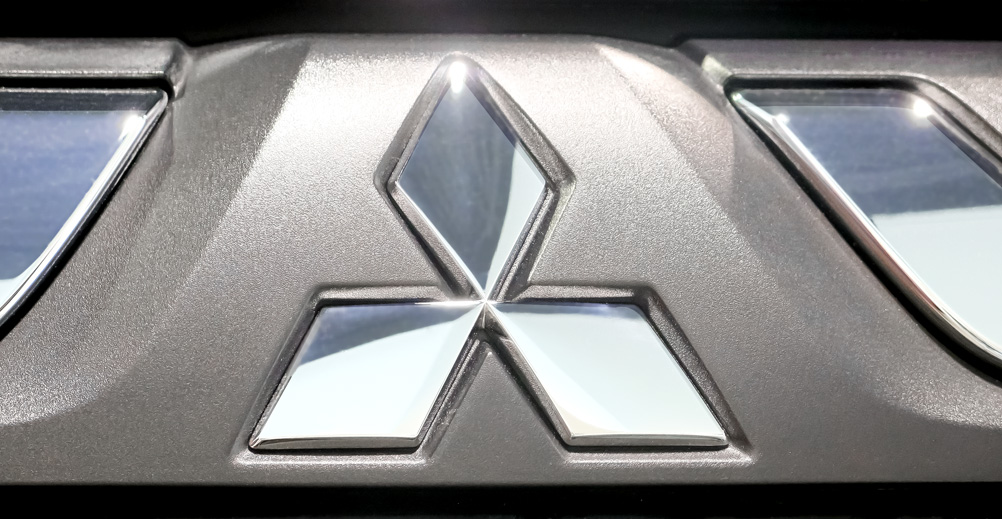
What is the MPa of the front lower rail? What is the outer uniside made of: steel, aluminum, or composite? Can heat be used to straighten or is it cold straightening only? What are the repair limitations? These are just some of the questions that the RTS team fields on a daily basis.
As the industry continues to ask if pre- and post-repair system scanning is necessary, Toyota/Lexus/Scion provides their answer.
Are you wondering if a particular OEM or organization has a published statement on pre-repair and post-repair scanning? We have compiled a list of most of the statements on the subject, so you can...
Since advanced driver assistance systems (ADAS), scanning, and calibration first started becoming relevant, members of the collision repair industry have required as much knowledge as possible on...
Honda /Acura has updated their position statement on pre- and post-repair scanning to give more clarification on what is expected for scanning.
BMW has released a position statement related to pre- and post-repair system scanning. The statement applies to All vehicles equipped with on board diagnostics II (OBD II).
The I-CAR best practice article, Recycled Outer Quarter Panels w/Rolled Hem Flanges has gotten a lot of interest from the collision repair industry. It’s important to know which vehicles are...
As the industry continues to ask, are pre- and post-repair scans necessary, General Motors provides their answer.
Over the past few months, we've been sharing OEM position statements on restraints wiring repairs. Now we're bringing them all together in one place for easy reference.
FCA/Stellantis has released a position statement related to pre- and post-repair system scanning.
Technicians should be aware of what’s required to keep advanced driver assistance systems (ADAS) running safely after a collision. Whether that be aiming a camera, which can cause a system to not...
Nissan/INFINITI updated their position statement on pre- and post-repair scanning.
I-CAR now provides mechanical, electrical, and trim (MET) training for Jaguar Land Rover (JLR). This training is a new requirement for Jaguar Land Rover Authorized Collision Repair Centers.
I-CAR had a discussion on spot welder machine technology, setup, and maintenance.
Sometimes, going back to the basics can make the difference between a quality repair and a failed repair. Checking proper fit-up of exterior panels is vital for a successful repair when replacing...
Attending the SEMA Show in Las Vegas this year? Well, I-CAR will be providing many different opportunities to connect with you at this year’s show.
Ford has released the third installment of their On Target publication for 2025.
Are you looking for OEM emergency response guides (ERGs)? The Repairability Technical Support (RTS) team has located these guides and either houses them on the RTS website, provides links to...
Ford/Lincoln released updated position statements about repairing bumper covers on vehicles with advanced driver assistance systems (ADAS).
A simple bumper repair on a modern vehicle may not be as simple as it seems. New technologies like blind spot monitoring, adaptive cruise control, and other advanced driver assistance systems (ADAS)...
I-CAR has developed courses that provide an overview of collision repair and electromechanical repair for current Mazda vehicles.